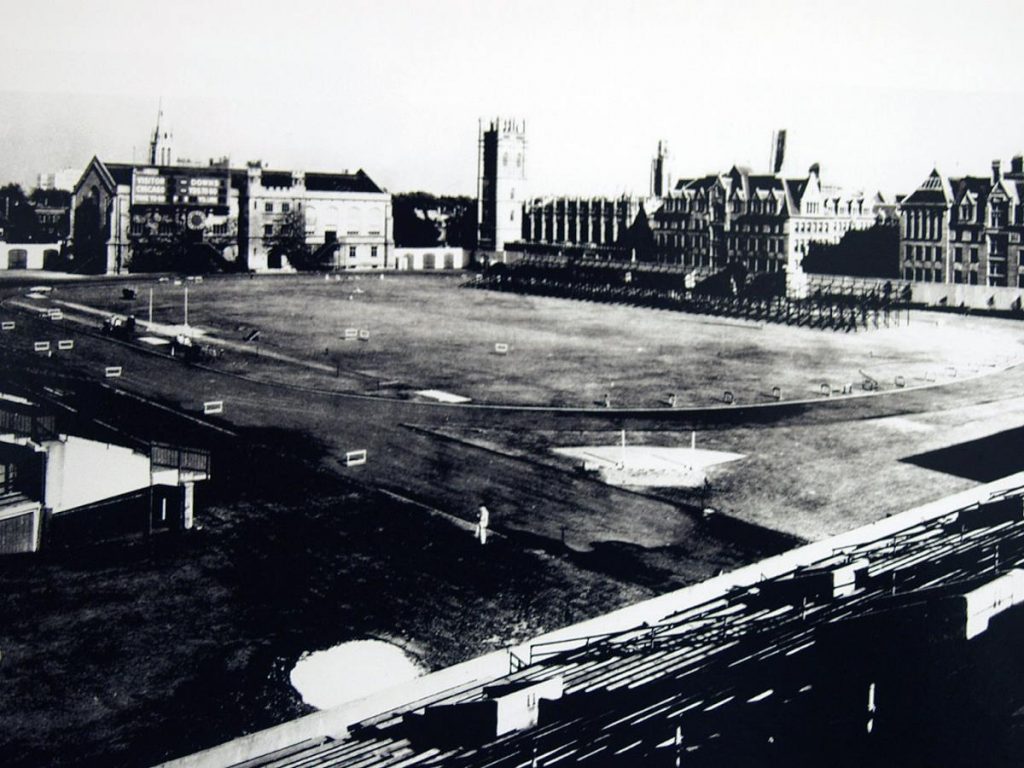One of the most important branches of the Manhattan Project was the Metallurgical Laboratory (Met Lab) in Chicago. Using the name “Metallurgical Laboratory” as cover at the University of Chicago, scientists from the east and west coasts were brought together to this central location to develop chain-reacting “piles” for plutonium production, to devise methods for extracting plutonium from the irradiated uranium, and to design a weapon. In all, four methods of plutonium separation were considered, with the bismuth phosphate process displaying the most promise.
 In August 1942, scientists at the Met Lab isolated the first weighable amount of plutonium. On December 2, 1942, less than one year after Pearl Harbor, under the abandoned west stands of Stagg Field, Chicago Pile 1 (CP-1), Italian physicist Enrico Fermi’s “pile,” produced the first self-sustaining nuclear reaction. CP-1 paved the way for Oak Ridge and Hanford to develop ways of obtaining nuclear fuel for atomic weapons. The Chemistry Building is now a National Historic Landmark with a plaque and interpretive display. The Stagg Field Site is commemorated with a plaque and sculpture. The Department of Energy’s Argonne National Laboratory is the lineal descendant of the Met Lab.
In August 1942, scientists at the Met Lab isolated the first weighable amount of plutonium. On December 2, 1942, less than one year after Pearl Harbor, under the abandoned west stands of Stagg Field, Chicago Pile 1 (CP-1), Italian physicist Enrico Fermi’s “pile,” produced the first self-sustaining nuclear reaction. CP-1 paved the way for Oak Ridge and Hanford to develop ways of obtaining nuclear fuel for atomic weapons. The Chemistry Building is now a National Historic Landmark with a plaque and interpretive display. The Stagg Field Site is commemorated with a plaque and sculpture. The Department of Energy’s Argonne National Laboratory is the lineal descendant of the Met Lab.




